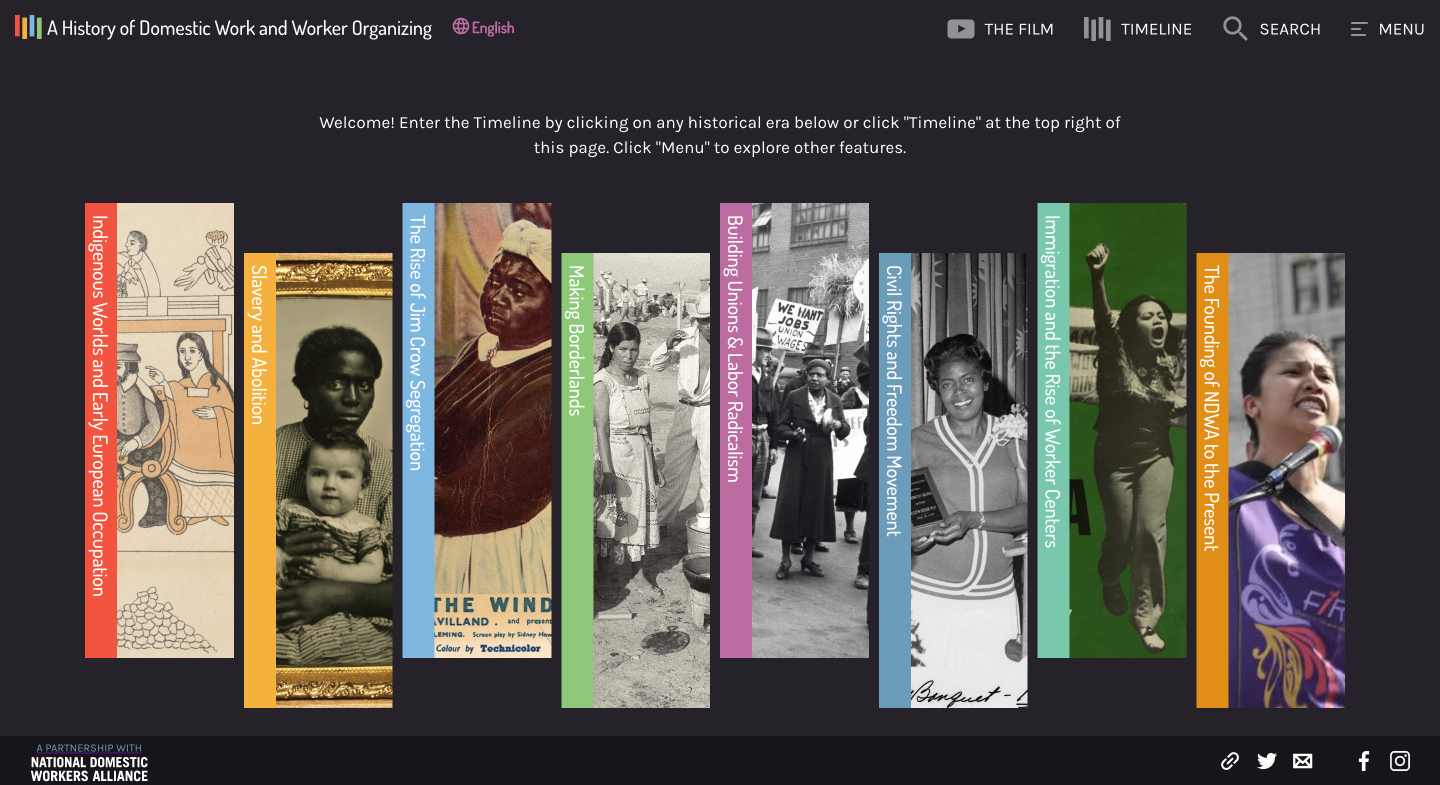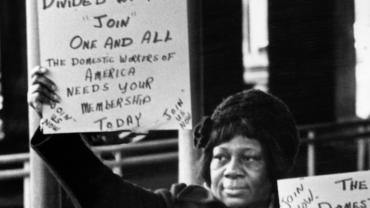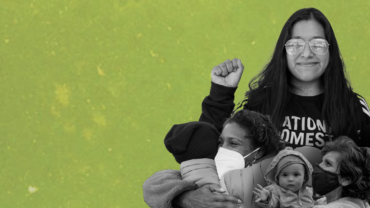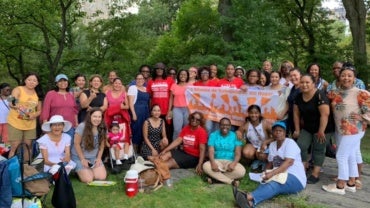A History of Domestic Work and Worker Organizing
The Timeline
The A History of Domestic Work and Worker Organizing timeline is the central tool for the National Domestic Workers Alliance (NDWA) “We Make History” political education curriculum. History helps us to understand current conditions, learn from the courage and resilience of our movement ancestors, and continue to build a powerful, multiracial alliance grounded in a shared commitment to combating all forms of oppression.
This timeline was written by activist-scholars Jennifer Guglielmo, Michelle Joffroy, and Diana Sierra Becerra, to make the histories of domestic work & organizing more accessible to domestic workers and the public. It began in Summer 2015, as a collaboration between Jennifer Guglielmo (Associate Professor of History, Smith College) and Monique Tú Nguyen (Executive Director of Matahari Women Workers Center and Board Member of the National Domestic Workers Alliance) at the Gloria Steinem and Wilma Mankiller School for Organizers. The school brought organizers, activists, and academics together to consider how history and archives can become more powerful organizing tools for the contemporary feminist movement.
Historical Eras
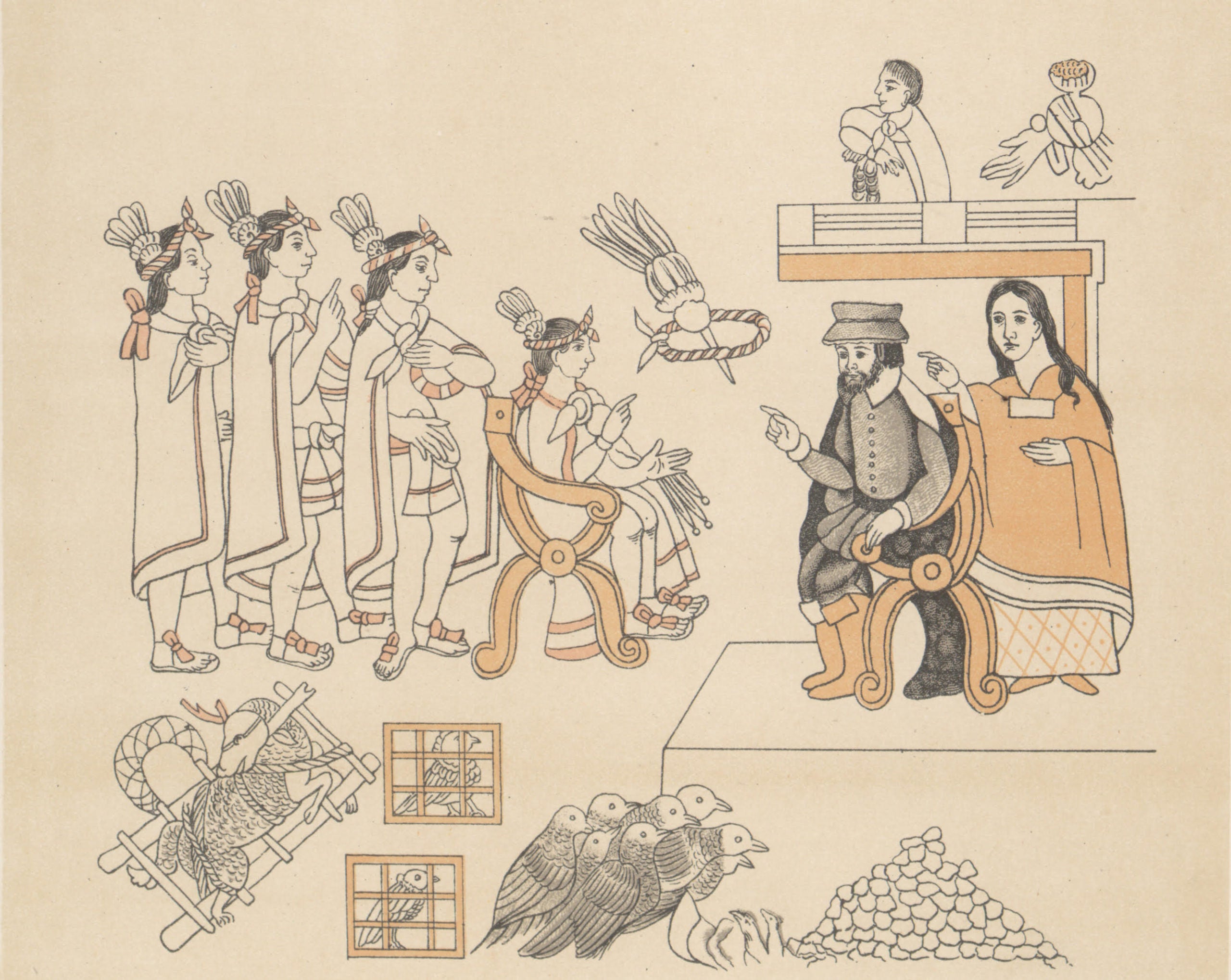
Indigenous Worlds and Early European Occupation
Why is domestic work mainly done by women of color? To answer this question, we begin by introducing how colonialism, patriarchy, and capitalism shaped domestic labor. This section also introduces additional key concepts, such as race, gender, and class.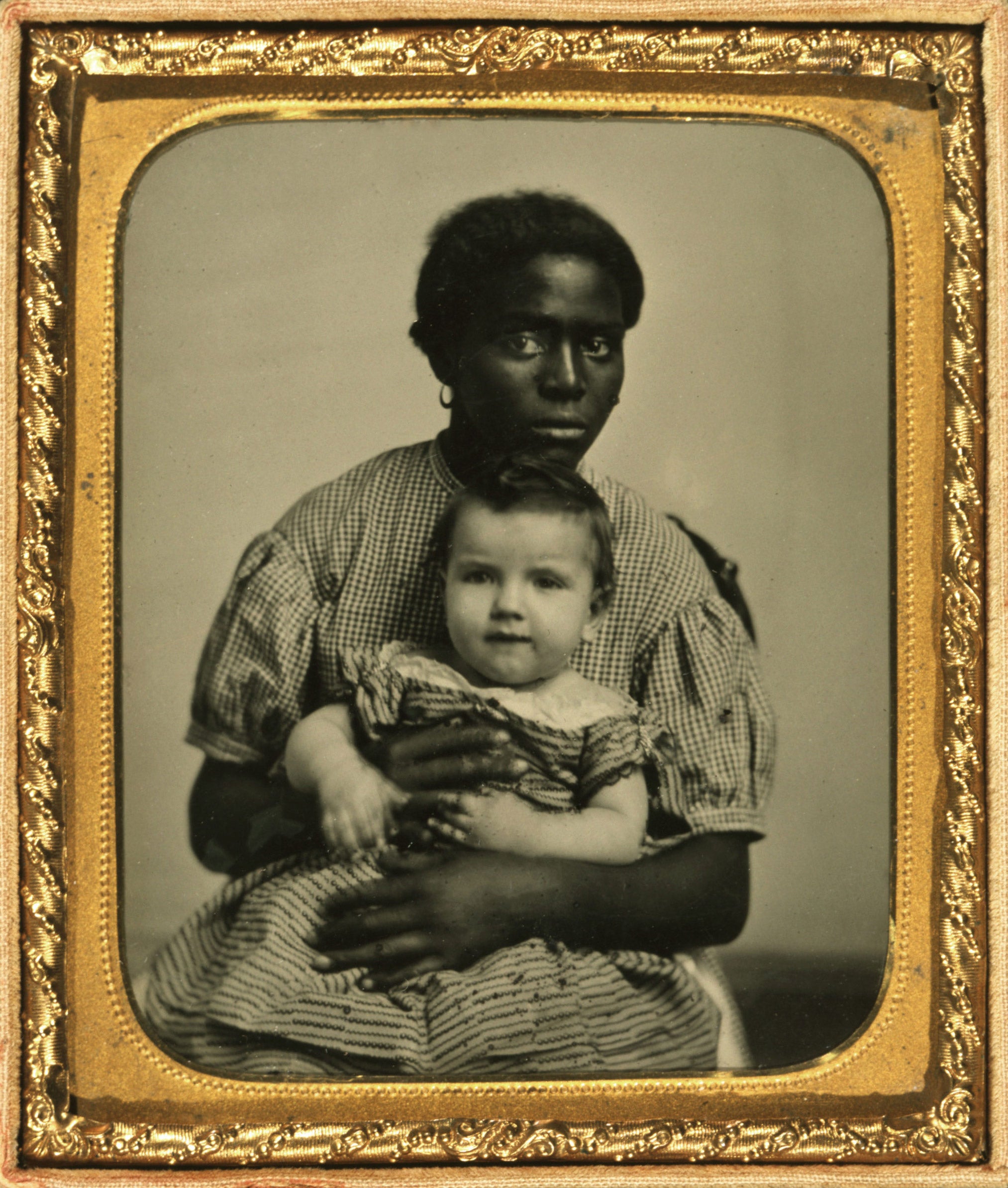
Slavery and Abolition
Domestic work is rooted in the history of slavery. European colonizers used violence to create a mostly enslaved servant class of Indigenous, African, and poor white workers. This enabled them to maximize their profits and establish power.
Learn how domestic workers fought to end this system of exploitation.

The Rise of Jim Crow Segregation
After the abolition of slavery in 1865, whites imposed a violent system of racial exclusion and segregation against people of color (called “Jim Crow”). Keeping people of color confined to very low-wage domestic work was a core part of this system.
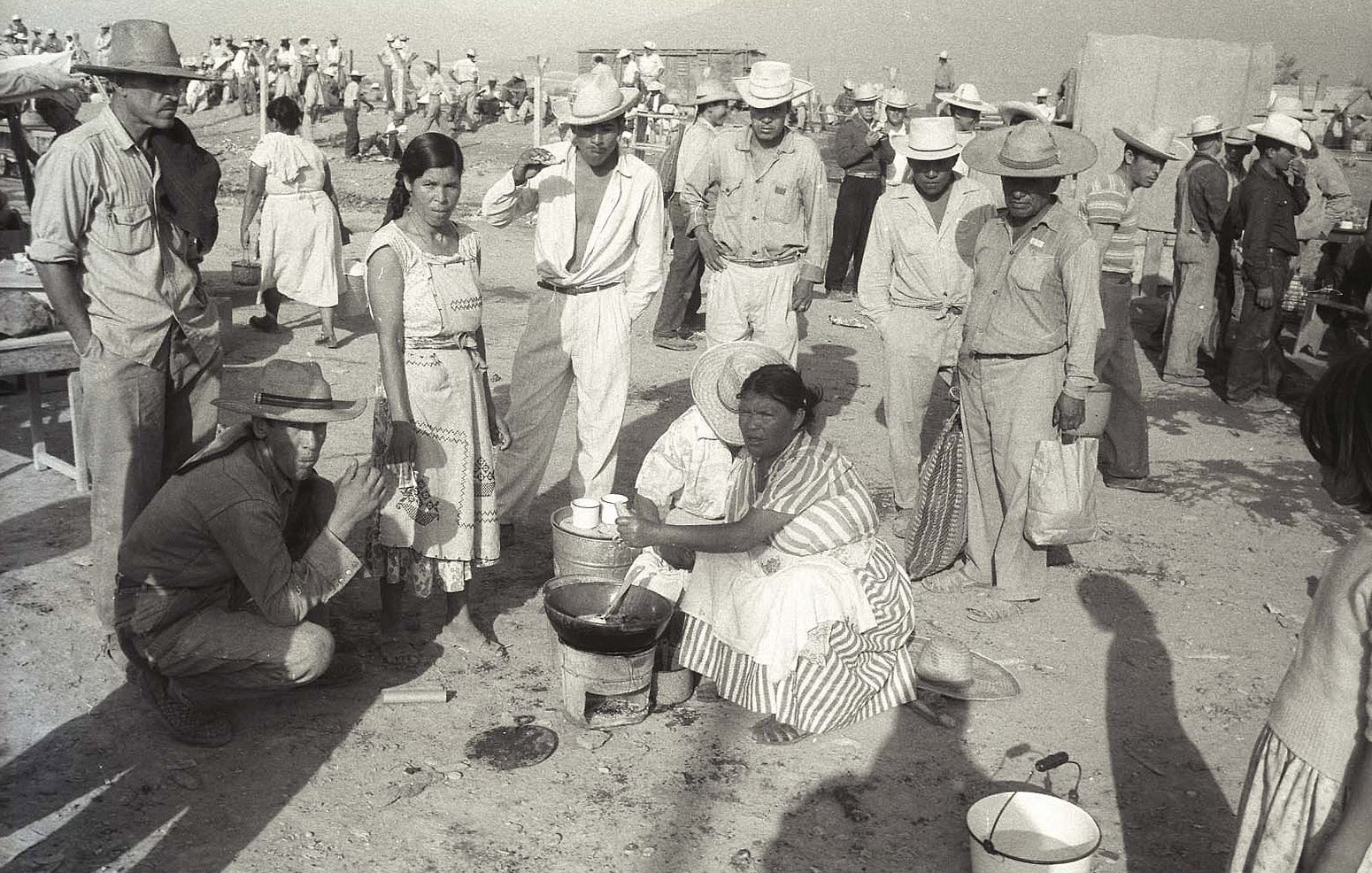
Making Borderlands
As the United States expanded westward and then overseas in the 1800s and early 1900s, it occupied lands that had been transformed by many generations of colonial violence. U.S. colonialism and imperialism brought new forms of racial violence into these borderlands. This included greater reliance on Black and Indigenous servitude. The servant class also grew to include Mexican, Chinese, and Irish immigrant workers.
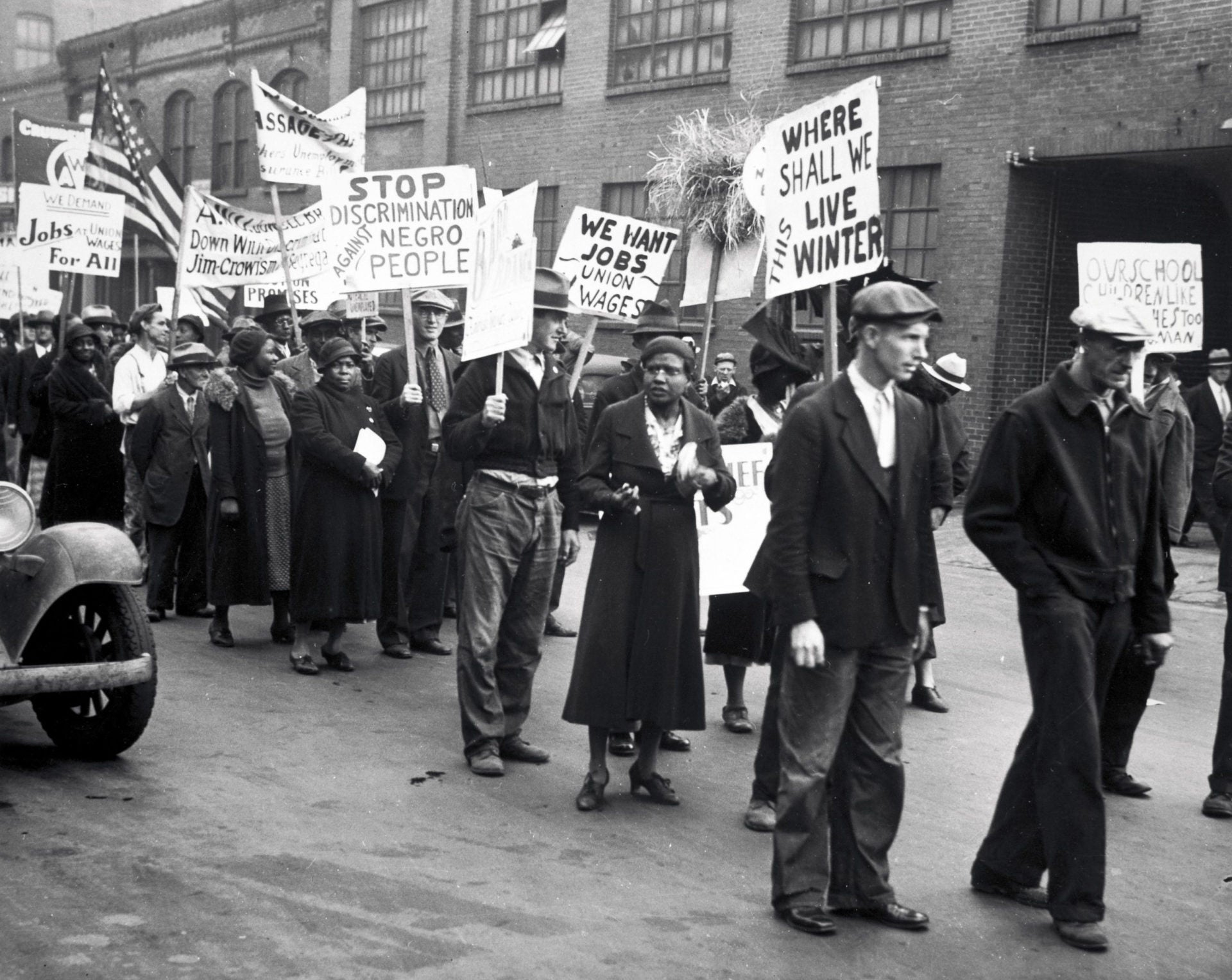
Building Unions & Labor Radicalism
African Americans migrated from southern to northern cities to flee violence and poverty during the 1910s and 1920s. This is called the Great Migration. Caribbean immigrants also arrived in northern U.S. cities in this period and were also largely forced into domestic work. Together they formed alliances and unions to defend their rights.
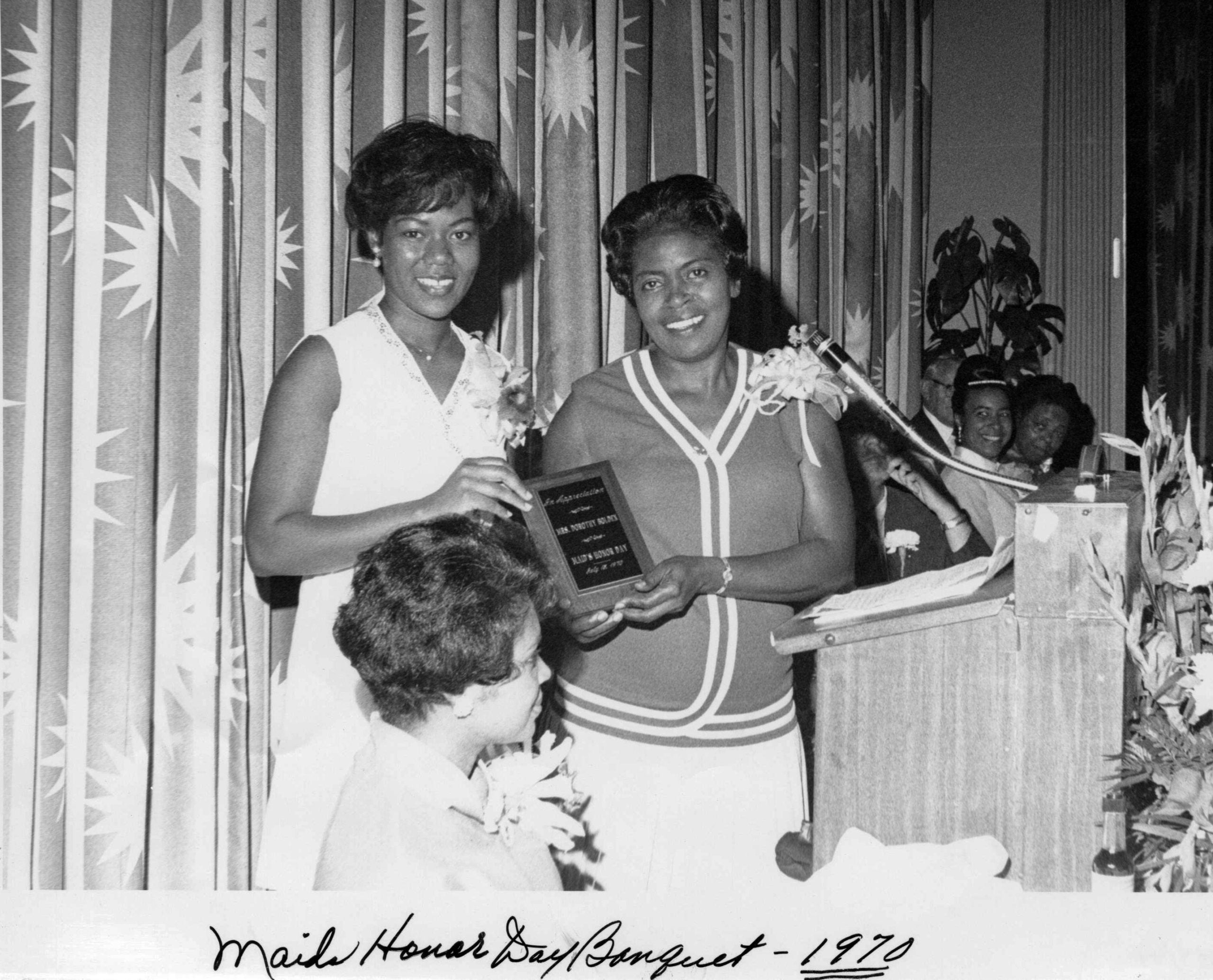
Civil Rights and Freedom Movement
The African American movement for freedom birthed a new phase of organizing among domestic workers in the 1950s and 1960s. They led victorious movements to end racial segregation, such as the Montgomery Bus Boycott (1955-56). As a result, more domestic workers joined the movement than ever before.

Immigration and the Rise of Worker Centers
In the 1970s and 1980s, African American women left domestic work in large numbers as a result of civil rights victories. Employers began hiring Latin American, Caribbean, and Asian immigrant women in larger numbers. US immigration and foreign policies helped to create this new group of workers who were vulnerable to exploitation.
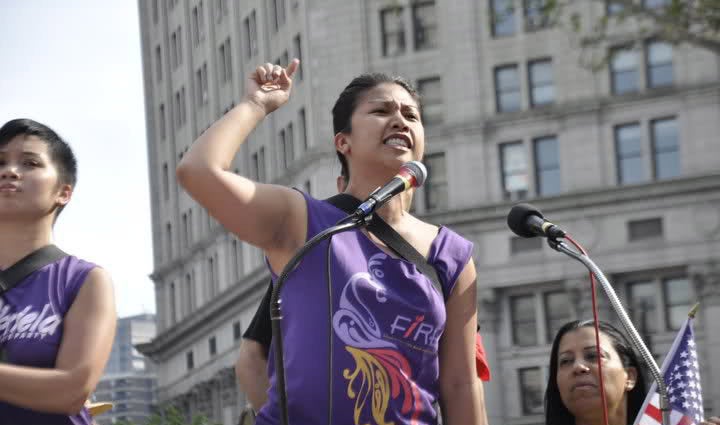
The Founding of NDWA to the Present
Learn how over 60 domestic worker groups across the country have come together in a national movement in the last several decades. Together they have formed a multilingual, multiethnic, and multiracial movement led by women of color that connects the struggle for racial justice, immigrant rights, and labor rights.
This movement is part of the global uprising of domestic workers for greater dignity, respect, and justice.
Related
We are activist scholars — Jennifer Guglielmo, Michelle Joffroy, Diana Sierra Becerra — collaborating with the domestic workers movement (nannies, house cleaners, and home care workers) to give workers greater access to their own histories and cultures of resistance. These are educational tools for everyone to learn about these foundational histories.
The National Domestic Workers Alliance (NDWA) works for the respect, recognition, and rights for more than 2.2 million nannies, housecleaners, and home care workers who do the essential work of caring for our loved ones and our homes.
Domestic work is the work that makes all other work possible. Together, we can win the protections and recognition that this vital American workforce needs. Join us today!


